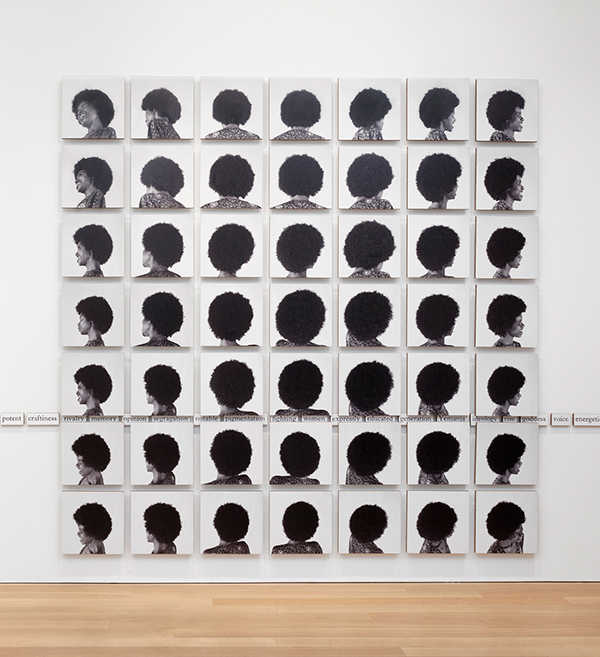Black-Asian Counterintimacies: Reading Sui Sin Far in Jamaica
J19: The Journal of Nineteenth-Century Americanists
Volume 6, Number 1, Spring 2018
pages 197-204
DOI: 10.1353/jnc.2018.0015
Christine “Xine” Yao, SSHRC Postdoctoral Fellow
Department of English
University of British Columbia
In “Leaves from the Mental Portfolio of a Eurasian,” Edith Maude Eaton, writing as Sui Sin Far, reflects on her time in Jamaica as a white-passing mixed-race woman.1 Rumor of her Chinese ancestry provokes a white English naval officer to seek her out for sexual favors, a scenario still all too familiar to women, particularly women of color, today: a predatory conversation sheathed in friendly euphemisms. At first Far believes his visit has to do with her work as a journalist, but his repeated “silly and offensive laugh” suggests otherwise.2 When she attempts to dismiss him, he laughs again, “There’s always plenty of time for good times. That’s what I am here for.”3 After commenting on her “nice little body,” he invites her to sail with him where “I will tell you all about the sweet little Chinese girls I met when we were at Hong Kong. They’re not so shy!”4 The officer’s framing of her presumed affective and sexual availability, and the foregrounding of his own sexual and social prerogative, are an everyday life manifestation of what Lisa Lowe names a “‘political economy’ of intimacy … a particular calculus governing the production, distribution, and possession of intimacy” predicated on empire and settler colonialism.5 The man’s proposition to Far is a demand for her friendliness because those other Chinese girls in Hong Kong are “not so shy.” In her rejection of his desire for intimacy, she risks the dangerous backlash that attends injured white masculinity along with broader social consequences that could impact the relative privilege of her personal and professional life in the Caribbean. Still, instead of a “friendly” relationship to whiteness, Sui Sin Far seeks alternative intimacies. In the same section of her memoir she juxtaposes this incident with musings about her position as a white-passing mixed-race Chinese woman in relation to her observations about antiblackness in the West Indies. Despite the warnings of the English who tell her to fear the “‘brown boys’ of the island,” the writer considered the mother of Asian North American literature affirms a sense of transnational solidarity between peoples of color in her affective racial identifications. “I too am of the ‘brown people’ of the earth,” she confides to her readers, prefiguring, in this assertion, the anti-colonial alliance between African and Asian nations that would be formalized in 1955 at the Bandung Conference in Indonesia.6
Intimacy operates, here, as a heuristic for understanding how the racialized and gendered pressures of domesticity, sentimentality, and sexuality are imbricated with the projects of empire. These exploitative relations undergird the transnational violences of settler colonialism, slavery, and indentured servitude—systems which, as Lowe argues, enable the liberal fictions of white Western individuals, who are able to claim intimacy as one of the privileges associated with the private sphere, as a property of their citizenship in modern civil society. In the shift from the late nineteenth-century threatening “Yellow Peril” to modern-day deserving “model minority,” Asian Americans, particularly those of East Asian descent, are lured by false promises of inclusion into this liberal fiction on the basis of intimate affiliation with whiteness. Among the processes of comparative racialization that emerge from transnational intimacies, Ellen Wu traces how Asian Americans were complicit in the anti-black creation of the “model minority” category in the American cultural imaginary.7 Nonetheless, the solidarity work of activists like Grace Lee Boggs and Yuri Kochiyama, along with studies of earlier black-Asian cultural and political engagements by scholars like Edlie Wong and Julia H. Lee, indicates an alternative genealogy of counterintimacies that disrupts those aligned with the afterlife of imperial exploitation.8 In defiance of the coercive pressures made manifest through sexual violence and emotional labor, the mixed-race Asian and black women of Sui Sin Far’s fiction and nonfiction writings reorient these indices of transnational power relations away from their focus on whiteness and toward the possibility of resistance through affective connections that center peoples of color.
In Far’s rediscovered Jamaican stories and journalism…








